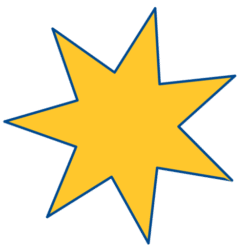A summary of several key ideas related to the Crown of Australia, its constitutional structure, and the challenges in transitioning from a constitutional monarchy to a republic. Here’s a summary of the main points:
- Federation and Crown: After the 1901 Federation, Australia operated under the British Crown. It’s a constitutional monarchy with a Westminster system consisting of federal, state, and local governments.
- Independence and the Statute of Westminster: Australian independence began around 1930, culminating in the Statute of Westminster Adoption Act 1942 and the Australia Acts 1986. This changed Australia’s relationship with the British Crown, marking a foundational shift.
- Nature of the Crown: The nature of the Crown of Australia is debated. States define their own divisible Crowns, but there’s also the view of a federal Crown. The head of state is the monarch, with independent vice-regal representatives at the federal and state levels.
- Governor-General and State Governors: Australia has multiple vice-regal representatives, distinct from other Commonwealth nations. Comparing Australia with Ireland, where a one-to-one relationship between the monarch and the vice-regal representative existed before Ireland became a republic, demonstrates Australia’s uniqueness.
- Structural Challenges: Converting Australia into a republic is complex due to the one-to-many relationship between the monarch and their representatives. Changing roles while maintaining the Federation’s structure poses challenges.
- The Federation Star: The Australian National Flag symbolizes the Commonwealth and six states with a seven-pointed “Federation Star,” representing both the bodies’ political and, since the Australia Acts 1986, the divisible Crowns.
- Role of the Monarch: The monarch provides personal unity for the divisible Crown of Australia, a role often overlooked in republic models.
- High Court’s Perspective: The High Court of Australia identified different meanings of “the Crown,” including its role as the body politic, the international representative, the government, and the sovereign office.
In essence, the text delves into Australia’s historical ties to the British Crown, the complexities of its unique constitutional monarchy, and the challenges of transitioning to a republic while preserving the country’s federal structure.

